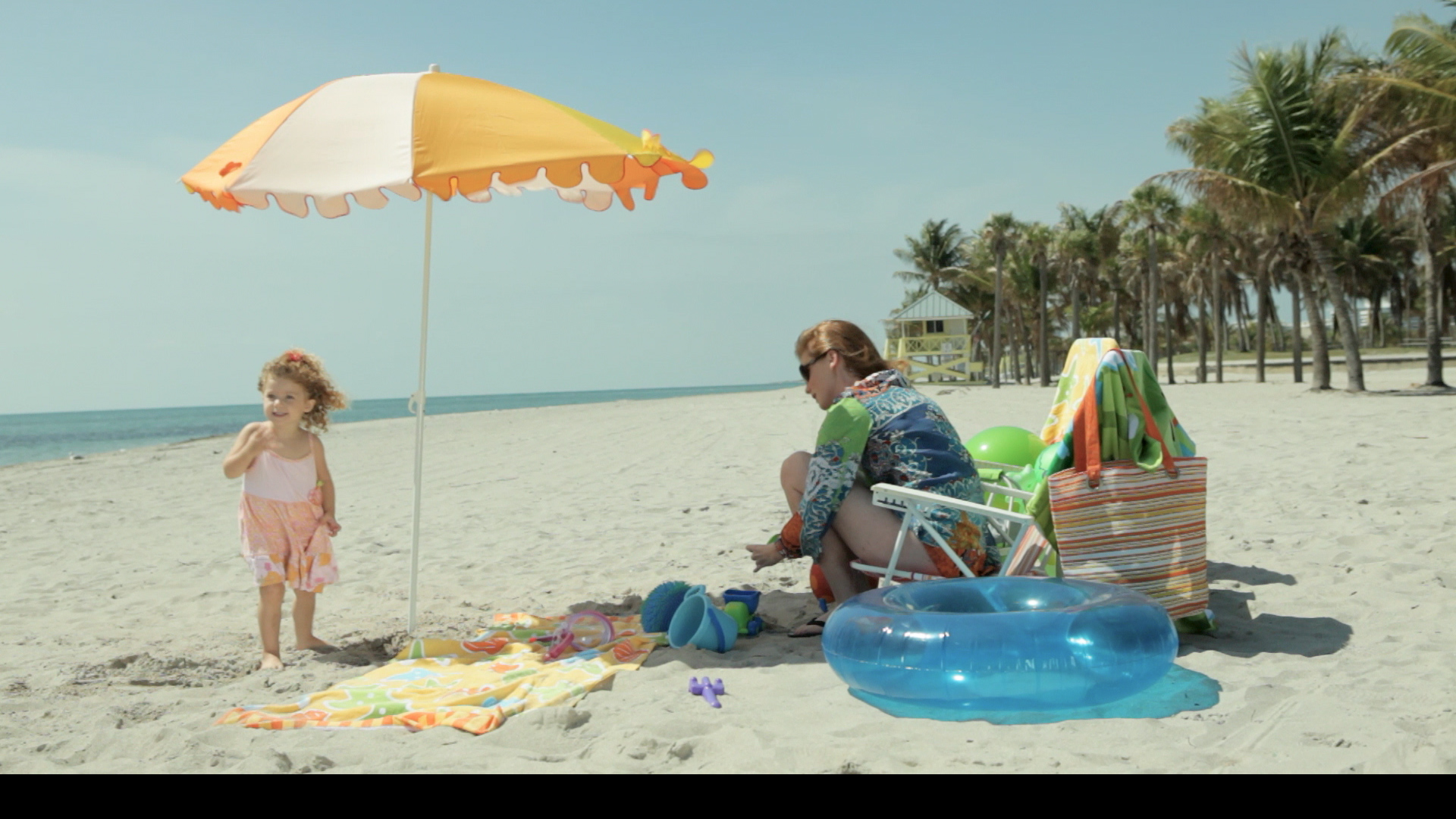Jeffrey M. Farma, MD, FACS, of the American College of Surgeons’ Commission on Cancer offers three tips to protect yourself while enjoying time outdoors.
Tag: skin cancer awareness
Melanoma in black patients: check unexpected places
Even though melanoma is rarer in this population, Black patients are more at risk for getting diagnosed late and having worse survival outcomes. Not all skin cancers are caused by sun exposure, and not all melanomas originate in sun-exposed areas;…
What’s the Best Sunscreen for Kids?
How to choose the best—and safest—sunscreen for your child. Fun in the sun is a year-round activity in Southern California. But all that sunshine means it’s critical to protect your child (and yourself) from the sun’s harmful rays. “One or more blistering sunburns in childhood can more than double your chances of developing melanoma later on,” says Minnelly Luu, MD, a pediatric dermatologist at Children’s Hospital Los Angeles.
American Academy of Dermatology survey shows Gen Z sun protection, tanning knowledge lacking
A recent American Academy of Dermatology survey of more than 1,000 U.S. adults revealed that many Generation Z adults, ages 18-25, are not aware of the dangers of overexposure to the sun and are not protecting themselves from it. Ahead of the Fourth of July weekend, the AAD is setting the record straight about common misconceptions about tanning and encouraging everyone to practice safe sun to decrease their risk for skin cancer and premature aging skin.
6 skin biopsy wound care tips from dermatologists
Skin cancer is the most common form of cancer. It is estimated that one in five Americans will develop skin cancer in their lifetime. As Skin Cancer Awareness Month continues, it’s important to check your skin regularly, and if you notice a spot on your skin that is different from others or that changes, itches, or bleeds, make an appointment to see a board-certified dermatologist.
Exploring Sun Protection Behaviors among U.S. Hispanic Outdoor Workers
Carolyn J. Heckman, PhD, co-leader of the Cancer Prevention and Control Program at Rutgers Cancer Institute and an associate professor of medicine at Rutgers Robert Wood Johnson Medical School, is corresponding author and shares more on unburns and sun protection behaviors among male Hispanic outdoor day laborers in the Northeast U.S.
How Common is Skin Cancer? And More Questions You’re Afraid to Ask
Sarah Weiss, MD, medical oncologist at Rutgers Cancer Institute of New Jersey and associate professor of medicine at Rutgers Robert Wood Johnson Medical School, answers questions about skin cancer and sun protection that you may be wondering
National Healthy Skin Month: Dermatologists encourage regular skin checks
The American Academy of Dermatology highlights the importance of regular skin self-exams during National Healthy Skin Month this November. These exams help catch serious conditions early when they are most treatable. Research shows nearly one in four Americans have skin disease. Skin cancer remains the most common cancer in the United States with an estimated 9,500 people diagnosed every day.
Woman more cautious in the sun after facing skin cancer for 17 years
Yvette Ellerbe, 56, understands the importance of wearing sun protection.
In 2004 at the age of 39, Ellerbe was diagnosed with basal cell carcinoma – a condition she still worries about to this day.
Skin cancer expert available during Melanoma Awareness Month and as summer approaches
As summer approaches and outdoor activities increase, cancer expert William Wooden, M.D., reminds everyone to practice sun safety to protect against skin cancer. Wooden specializes in melanoma research at Indiana University Melvin and Bren Simon Comprehensive Cancer Center and is…

NYU Medical Center Board-Certified Dermatologist: How COVID-19 Caused Delays in Skin Cancer Diagnosis
NYU Medical Center Board-Certified Dermatologist: How COVID-19 Caused Delays in Skin Cancer Diagnosis When caught early, skin cancer, including melanoma — the deadliest form of skin cancer — is highly treatable. However, from March to May 2020 during the peak…

NEW AAD SURVEY: 74% OF PARENTS TODAY SAY THEY WORRY ABOUT SUN PROTECTION MORE WITH THEIR CHILDREN THAN THEIR PARENTS DID WITH THEM
With Father’s Day approaching, dermatologists are giving parents two thumbs up for keeping sun protection top of mind for their families. According to a new survey from the American Academy of Dermatology, 74% of parents today say they worry about sun protection more with their children than their parents did with them, and 90% of parents believe it’s important to teach their children healthy habits now so they will keep them when they are adults.

SURVEY: 60% OF AMERICANS SAY THEY HAVE GOTTEN SUNBURNED SO BADLY THEIR CLOTHES WERE UNCOMFORTABLE
Memorial Day — long considered the unofficial start of summer in the U.S. — is quickly approaching, and dermatologists from the American Academy of Dermatology are urging Americans to practice safe sun as they head outdoors, especially as shelter-in-place measures related to COVID-19 begin to lift. Skin cancer is the most common cancer in the U.S., affecting one in five Americans in their lifetime, yet new data from the AAD shows that many Americans aren’t protecting themselves from the sun’s harmful ultraviolet (UV) rays.